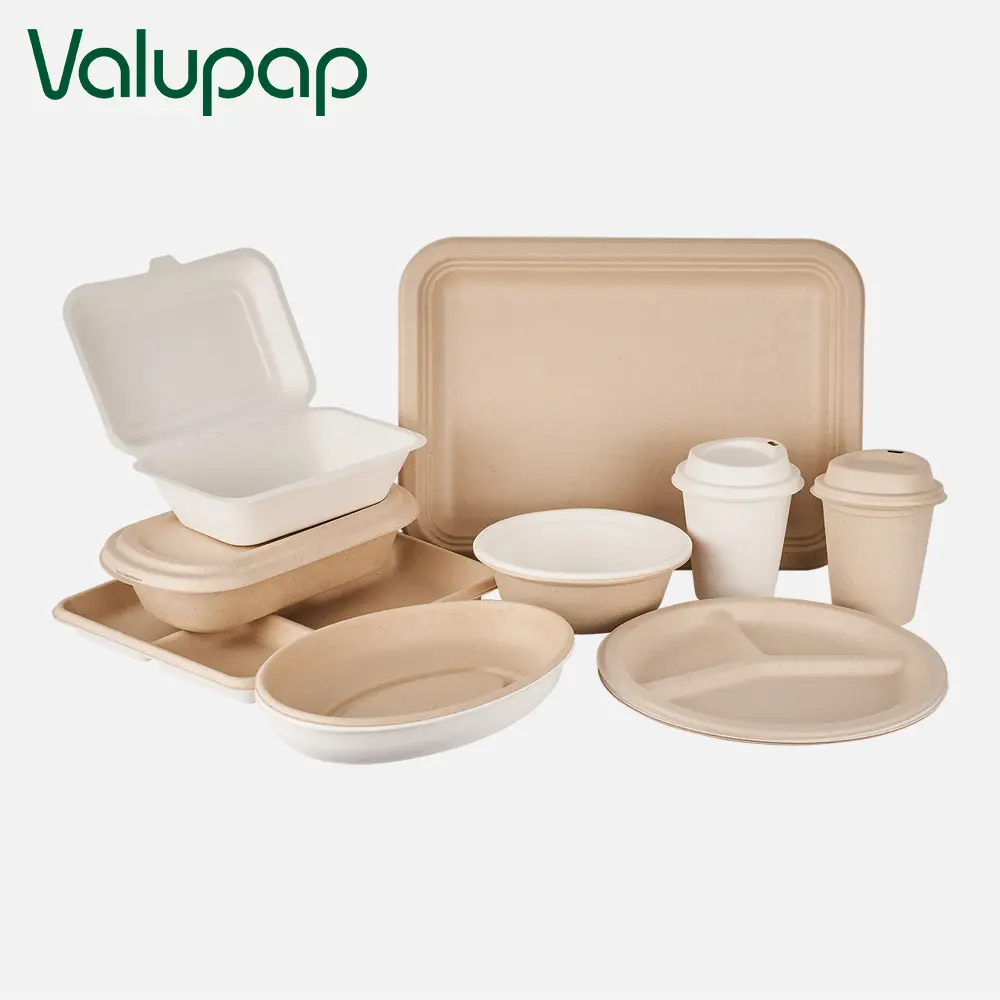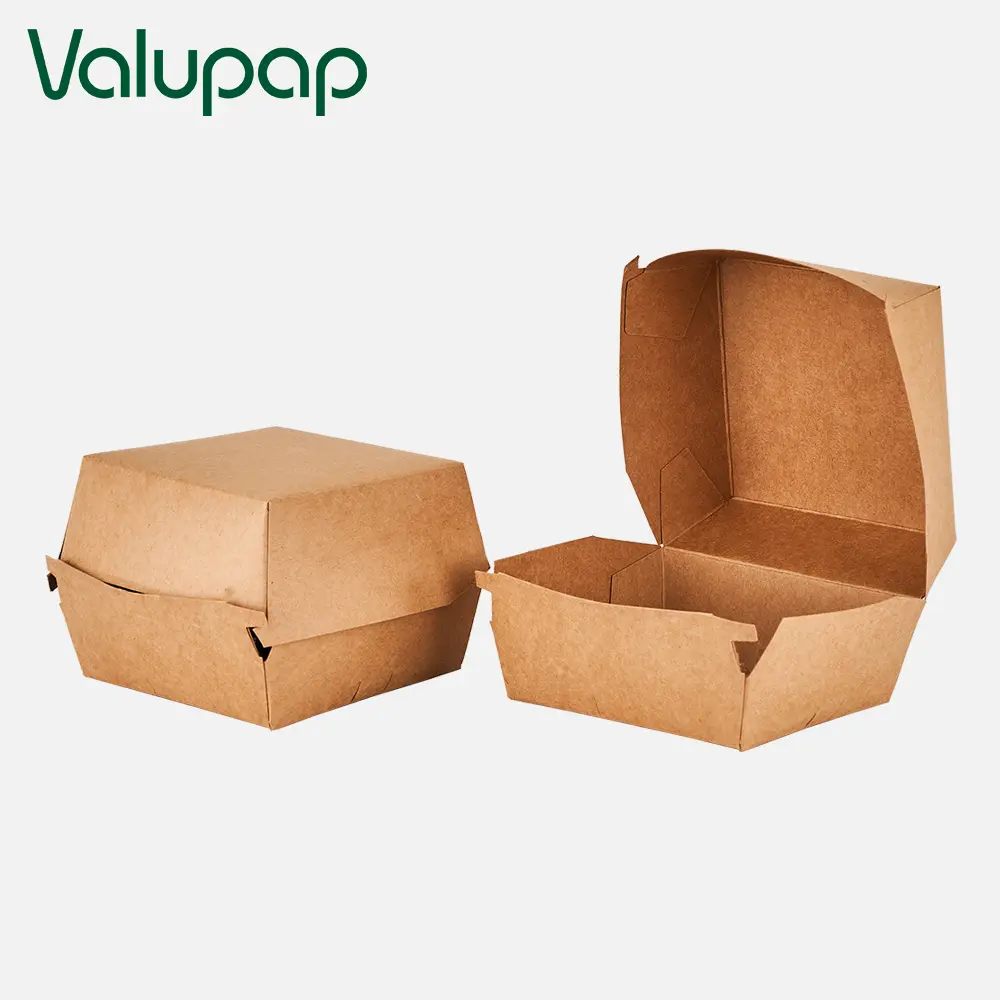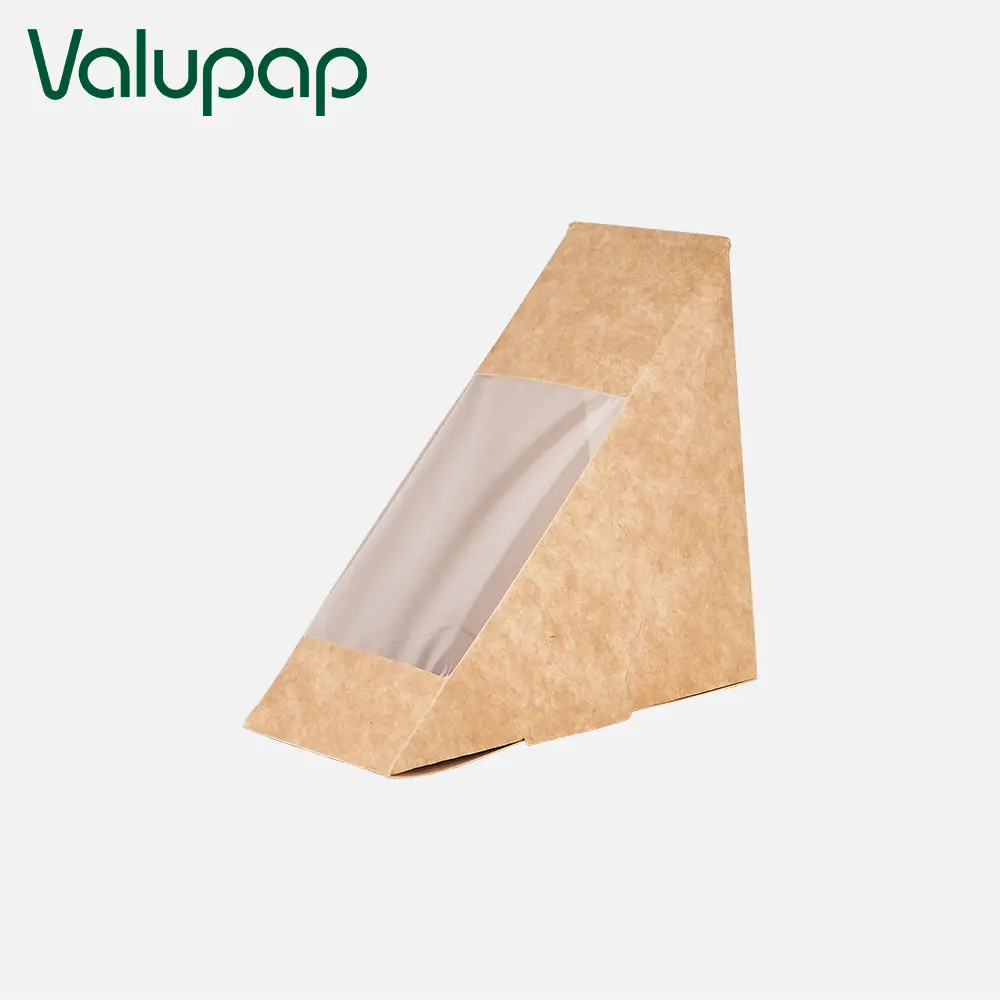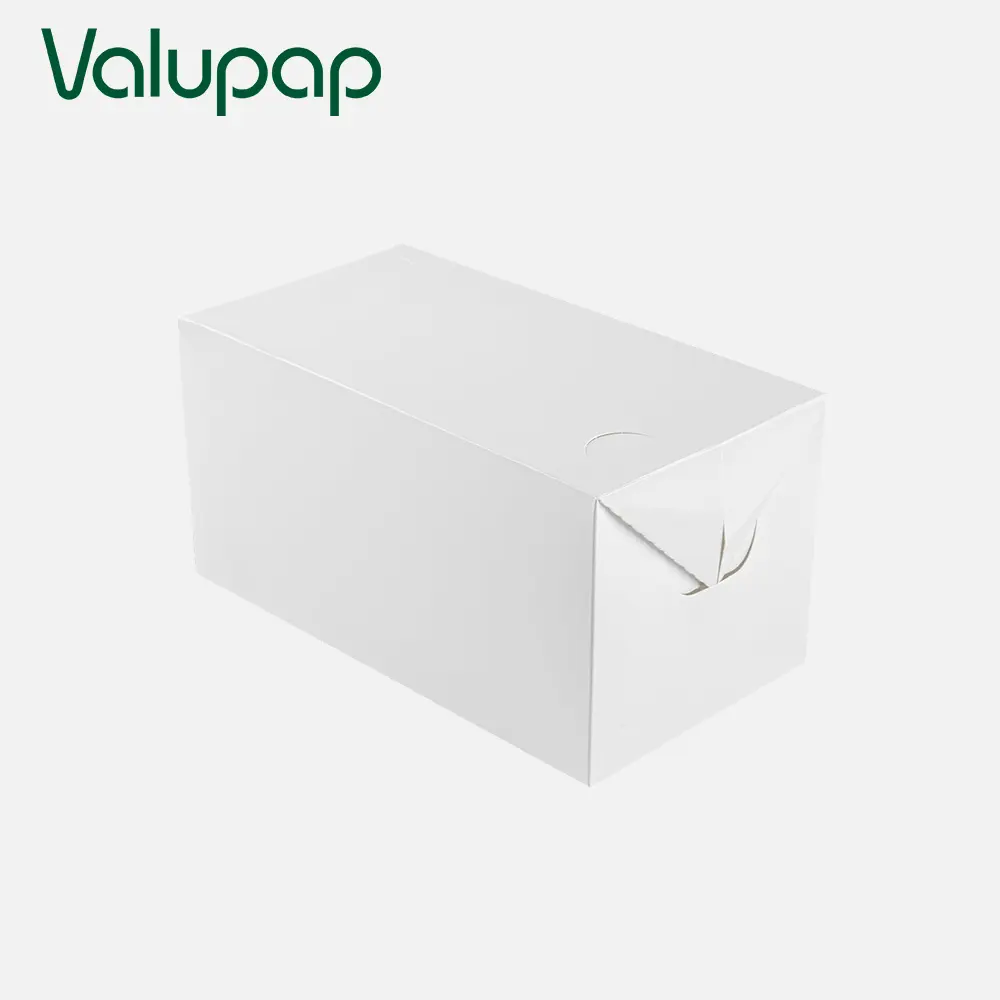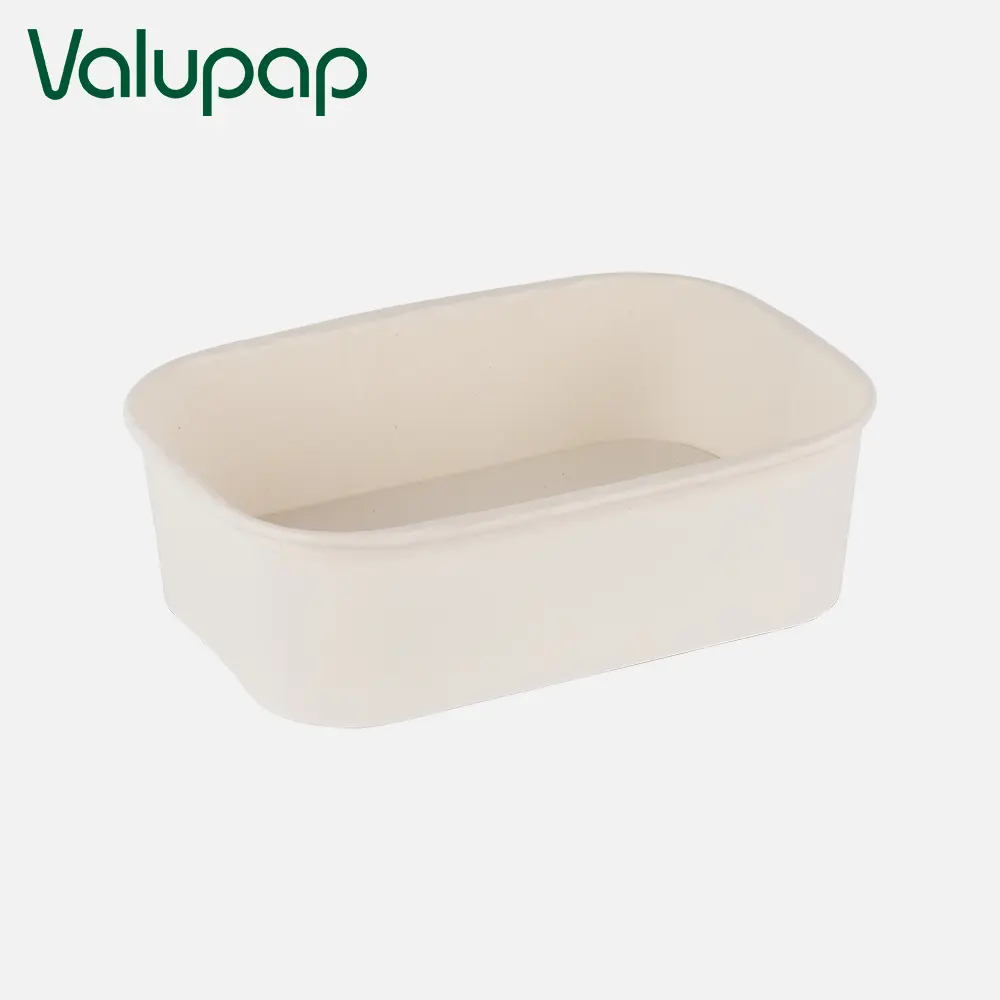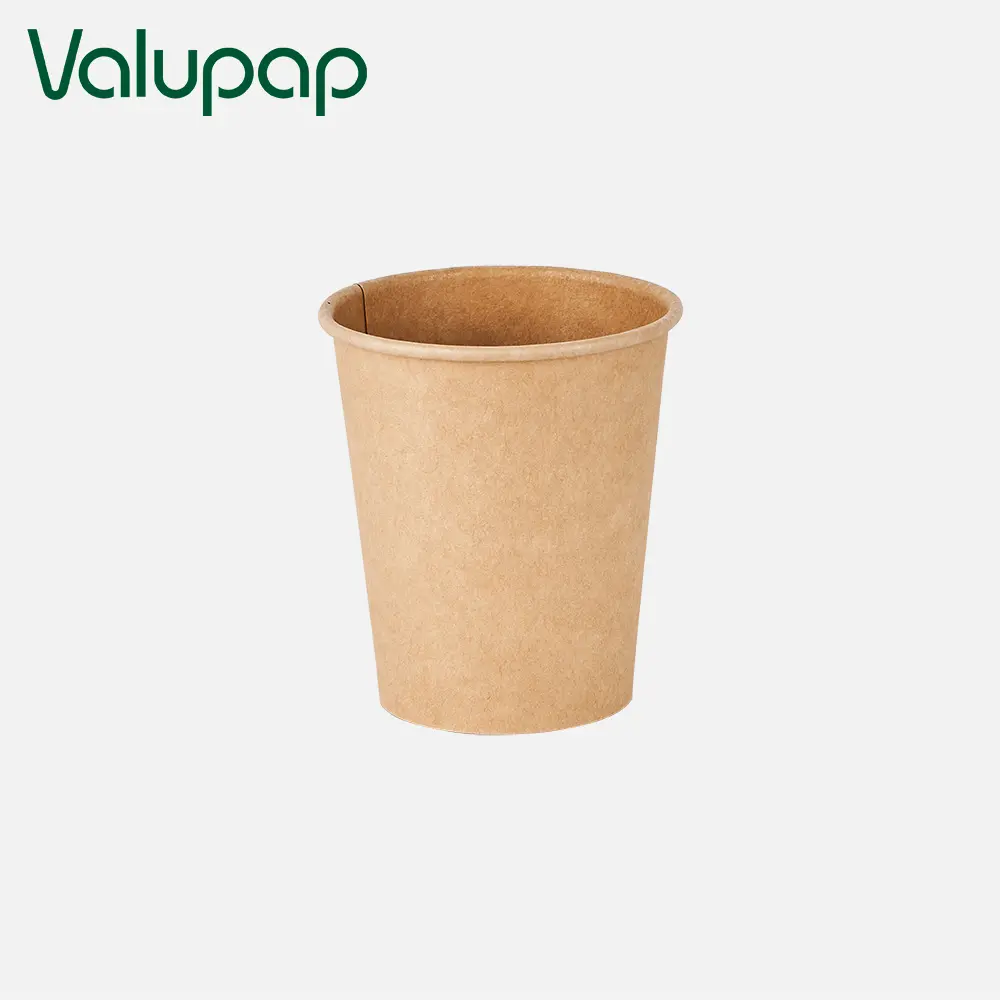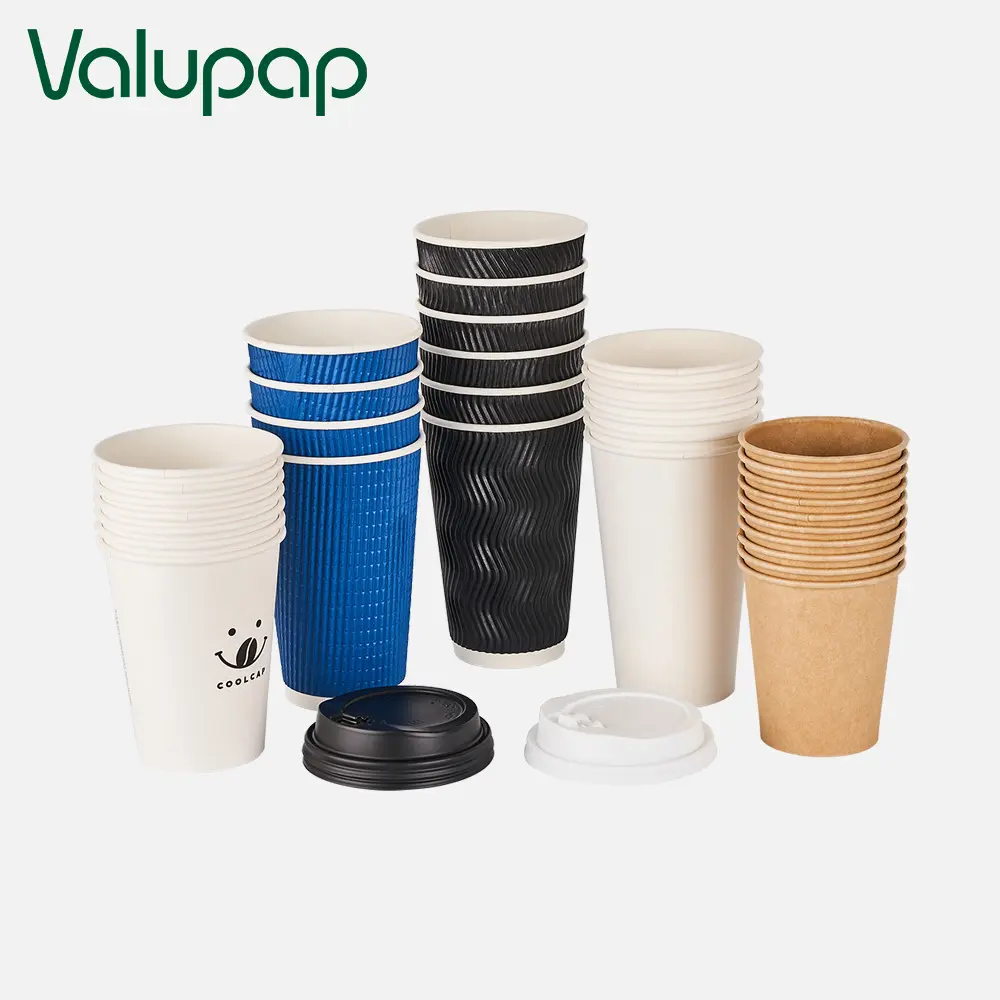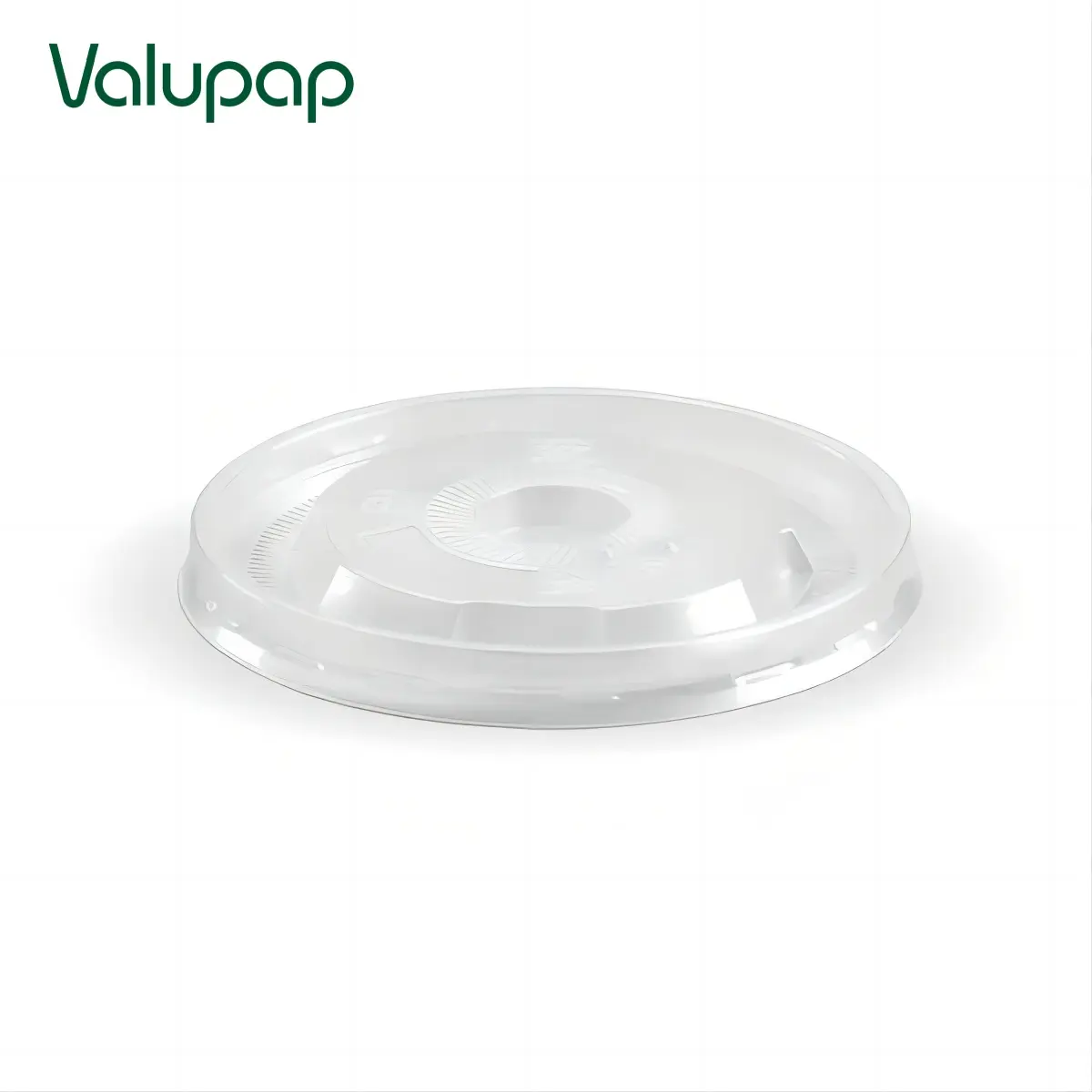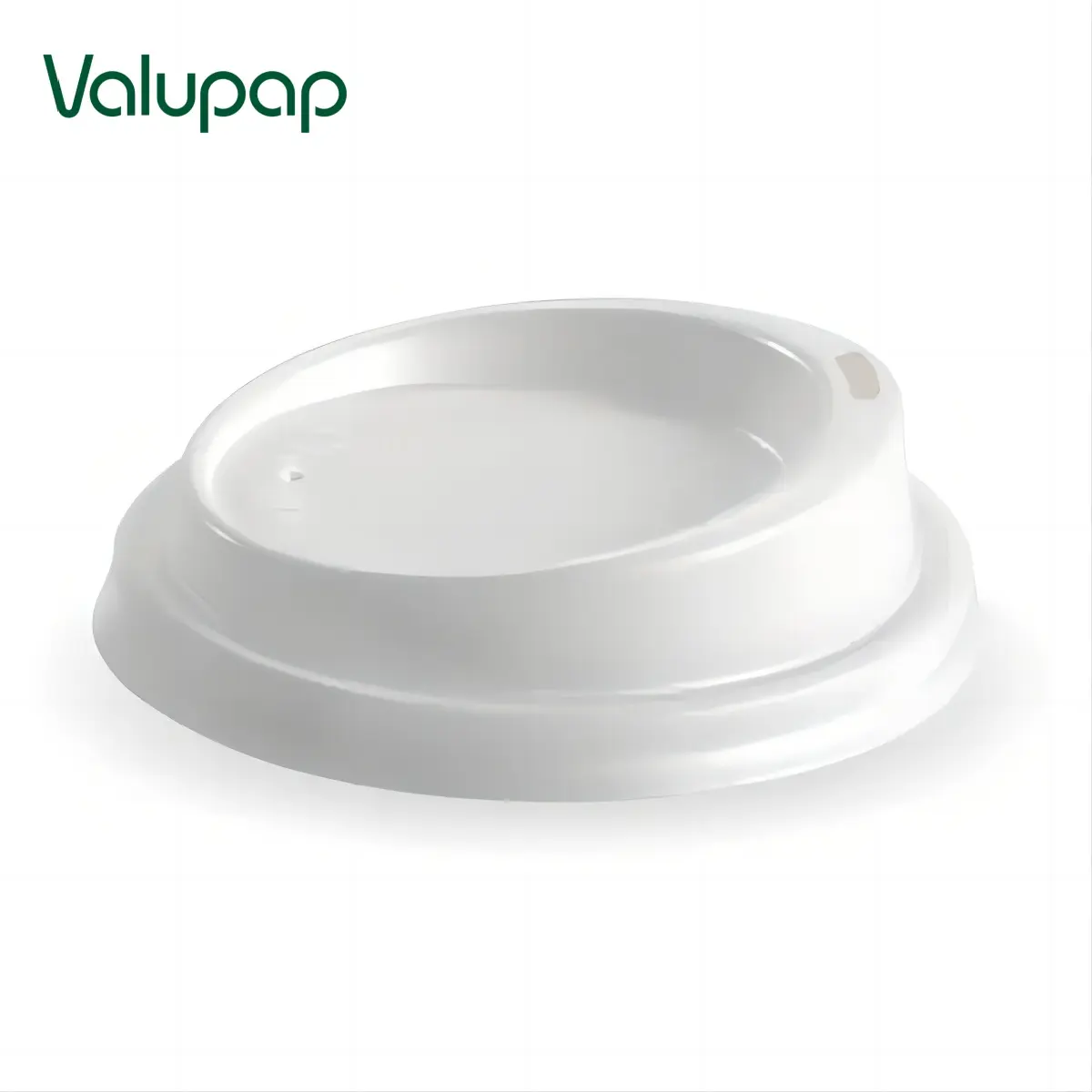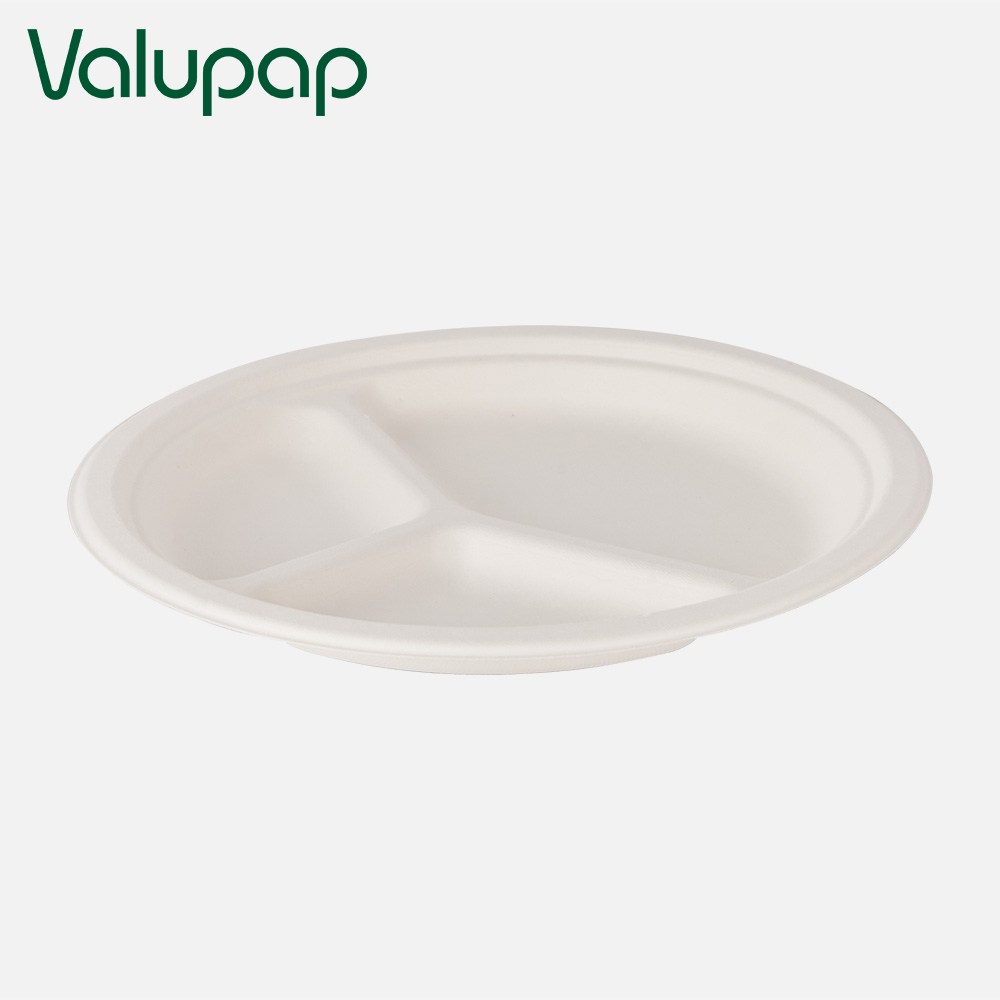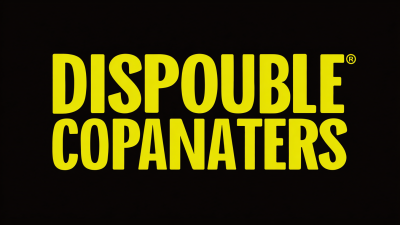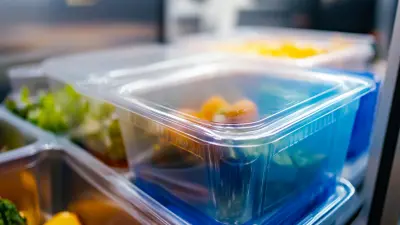ODM Biodegradable Salad Containers by Coolcap - Eco-Friendly Exporter and Supplier
Elevate your eco-conscious dining experience with our ODM Biodegradable Salad Containers from NINGBO VALUPAPER CO., LIMITED. These containers blend functionality and sustainability, making them perfect for serving fresh salads and snacks while minimizing environmental impact. Crafted from innovative biodegradable materials, they naturally break down, reducing landfill waste and fostering a greener planet. The sleek, modern design of our salad containers ensures that your culinary creations take center stage. Leak-proof and sturdy, they provide excellent protection for your food, whether for takeout, picnics, or catering events. Each container features a secure lid to keep contents fresh. Choosing NINGBO VALUPAPER CO., LIMITED. means opting for quality that aligns with your sustainability commitment. Our biodegradable salad containers not only enhance your brand’s eco-friendly image but also cater to the growing demand from environmentally aware consumers.
10 tips ODM Biodegradable Salad Containers Service Backed by Expertise Is The Best
10 Tips ODM Biodegradable Salad Containers Service Backed by Expertise Is The Best
| Tip Number | Tip Description | Expert Recommendation | Sustainability Benefit |
|---|---|---|---|
| 1 | Choose containers made from plant-based materials. | Opt for materials like PLA, which are compostable. | Reduces reliance on petroleum-based plastics. |
| 2 | Ensure the containers are certified biodegradable. | Look for certifications like ASTM D6400. | Supports proper breakdown in composting facilities. |
| 3 | Consider container design for effective stacking. | Select designs that minimize space for transport. | Lowers carbon footprint during shipping. |
| 4 | Check for leak-proof and grease-resistant features. | Educate on suitable coatings that remain eco-friendly. | Minimizes food waste and enhances customer experience. |
| 5 | Avoid single-use items; choose reusable options when possible. | Promote recycling and reusability among consumers. | Significantly reduces overall waste. |
| 6 | Educate customers on proper disposal methods. | Include informational materials with products. | Increases composting rates and reduces landfill waste. |
| 7 | Source materials from sustainable suppliers. | Vet suppliers for eco-friendly practices. | Promotes responsible sourcing and lower environmental impact. |
| 8 | Incorporate transparency in the supply chain. | Share sourcing and lifecycle information with customers. | Builds trust and enhances brand loyalty. |
| 9 | Monitor feedback for continuous improvement. | Conduct regular reviews and surveys. | Encourages sustainable practices and product enhancement. |
| 10 | Advocate for policy changes in waste management. | Engage with local governments and organizations. | Fosters an environment for better disposal options. |




